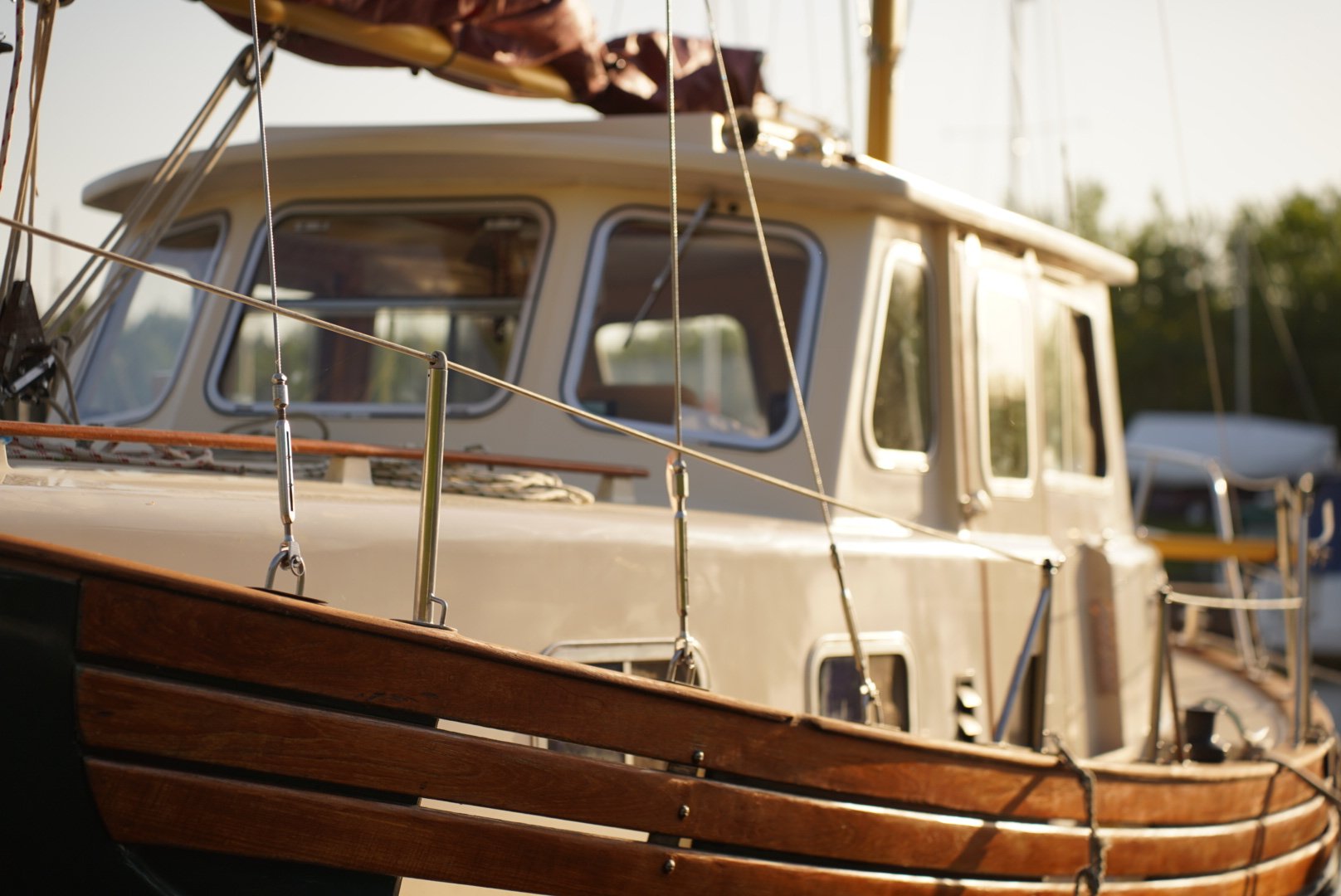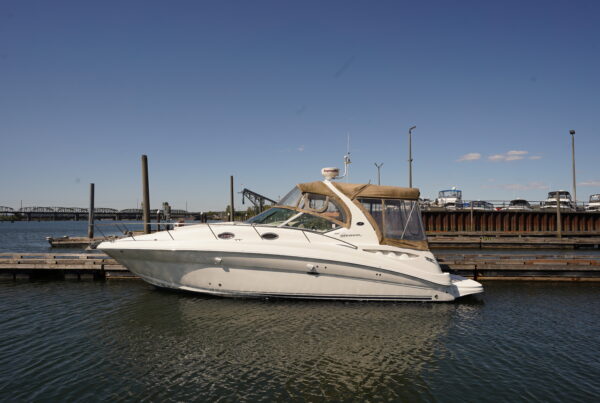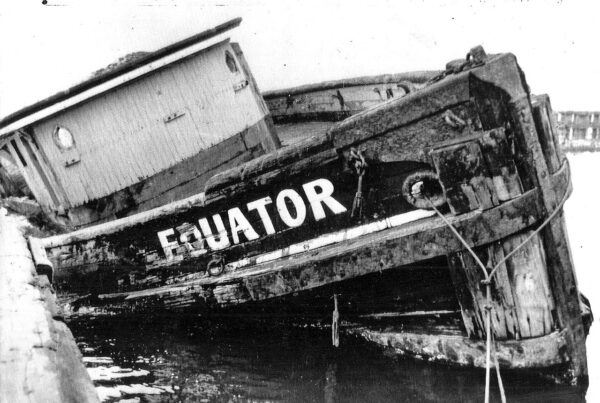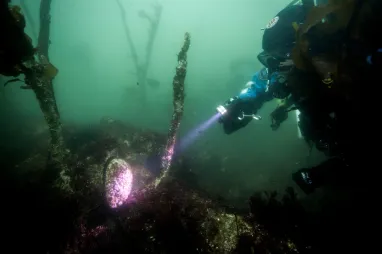Pilothouse sailboats, characterized by their enclosed helm stations and versatile design, have long held a special place in the hearts of boaters seeking a unique combination of comfort, safety, and performance. This article will delve into the many benefits, considerations, and opportunities associated with owning a pilothouse sailboat, as well as their appeal in the Pacific Northwest and beyond.
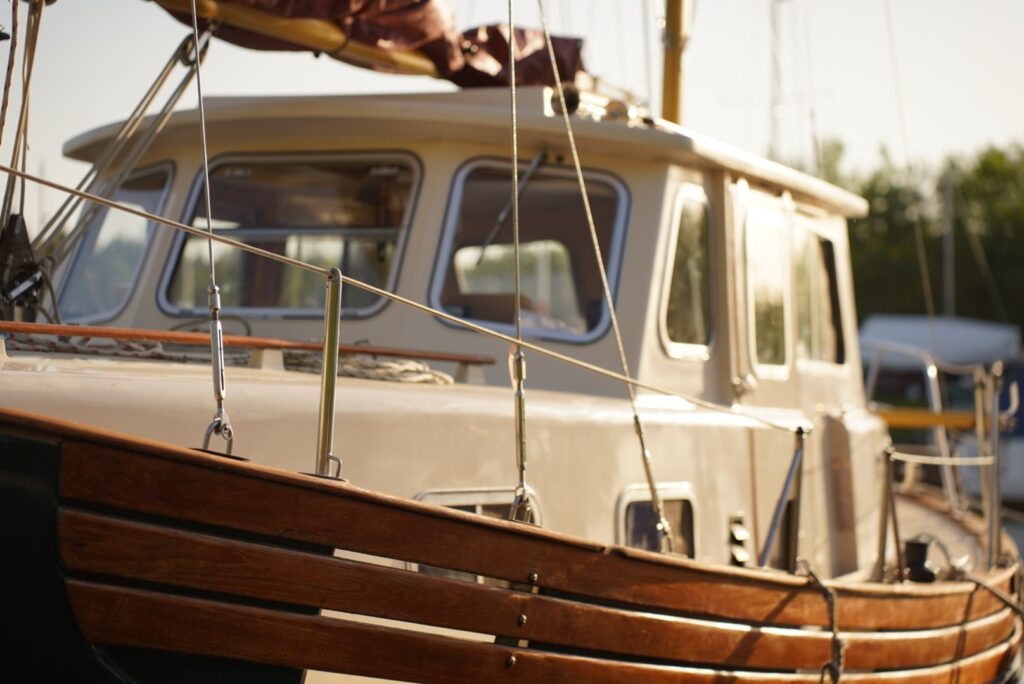
Benefits of Pilothouse Sailboats
- Year-round comfort and protection: Pilothouse sailboats provide a climate-controlled environment for the helmsman and crew, shielding them from harsh weather conditions and allowing for comfortable sailing in various climates.
- Enhanced safety and visibility: The elevated position and panoramic views offered by the pilothouse improve situational awareness and visibility, making it easier to navigate and avoid potential hazards.
- Versatile layout and amenities: Pilothouse sailboats often feature functional layouts with ample living space, well-equipped galleys, and comfortable sleeping quarters, making them suitable for extended voyages and liveaboard lifestyles.
- Efficient power and sail capabilities: Many pilothouse sailboats are equipped with both sailing rigs and powerful engines, allowing for efficient motoring or sailing depending on weather conditions and the preferences of the crew.
Considerations and Potential Drawbacks
While pilothouse sailboats offer numerous advantages, there are some factors potential owners should consider:
- Higher initial cost: Pilothouse sailboats may come with a higher price tag compared to traditional sailboats due to their unique design and additional features.
- Increased windage and weight: The elevated pilothouse structure may increase windage and overall boat weight, affecting performance and handling characteristics.
- Limited availability: Pilothouse sailboats may not be as widely available on the used market, which could present challenges for buyers seeking a specific make or model.
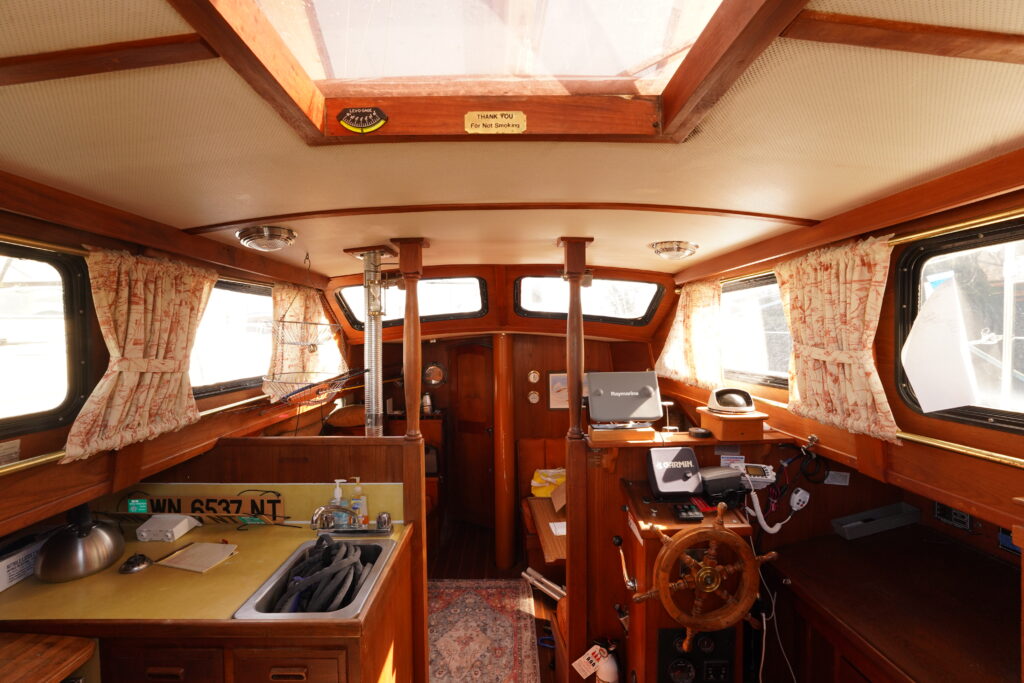
Ideal Environments and Regional Appeal
Pilothouse sailboats are uniquely suited to specific environments and regions due to their design, performance, and comfort features. Understanding these ideal environments can help potential owners determine if a pilothouse sailboat is the right choice for their boating needs and preferences.
Variable Weather Conditions
Pilothouse sailboats truly shine in regions with variable weather conditions or colder climates, such as the Pacific Northwest, New England, and the Great Lakes. Their enclosed helms provide protection from the elements, allowing for comfortable sailing in various climates and weather patterns. The elevated position and panoramic views offered by the pilothouse improve situational awareness and visibility, making it easier to navigate and avoid potential hazards in challenging conditions.
Coastal and Inland Waterways

The adaptability of pilothouse sailboats to both power and sail propulsion makes them a versatile choice for boaters exploring diverse waterways and coastlines. In regions like the Pacific Northwest, with its intricate network of inland waterways, sheltered sounds, and scenic coastlines, a pilothouse sailboat can easily transition between the calm waters of Puget Sound and the more exposed and rugged outer coast. This flexibility allows boaters to tailor their adventures to their preferences and the prevailing conditions.
Liveaboard Lifestyles
For boaters who embrace the liveaboard lifestyle, the comfortable interiors and functional layouts of pilothouse sailboats make them a popular choice in regions that offer year-round access to marinas and amenities. The Pacific Northwest, with its mild climate and vibrant boating communities, is an ideal location for those seeking a full-time life aboard a pilothouse sailboat. The region’s boater-friendly infrastructure and scenic beauty provide the perfect backdrop for enjoying the unique features and comforts that pilothouse sailboats offer.

Long-Range Cruising
Pilothouse sailboats are also well-suited for long-range cruising, thanks to their efficient power and sail capabilities, comfortable living spaces, and ample storage. Regions with extensive coastlines and diverse destinations, such as the Pacific Northwest, Alaska, or the East Coast of the United States, offer endless opportunities for exploring new horizons and discovering hidden gems aboard a pilothouse sailboat.
Finding and Purchasing a Pilothouse Sailboat
When it comes to finding and purchasing a pilothouse sailboat, there are several factors to consider to ensure that you select the right vessel for your boating needs and preferences. This comprehensive guide will walk you through the process, highlighting key considerations and offering tips for locating the perfect pilothouse sailboat.
Setting Your Priorities
Before beginning your search, establish your priorities, such as:
- Budget: Determine your price range, factoring in additional costs such as maintenance, moorage, and insurance.
- Size and layout: Consider the number of people you’ll accommodate, desired amenities, and whether you plan to live aboard or use the boat for short trips.
- Performance: Assess your preferences for sailing capabilities, fuel efficiency, and the importance of motor and sail power options.
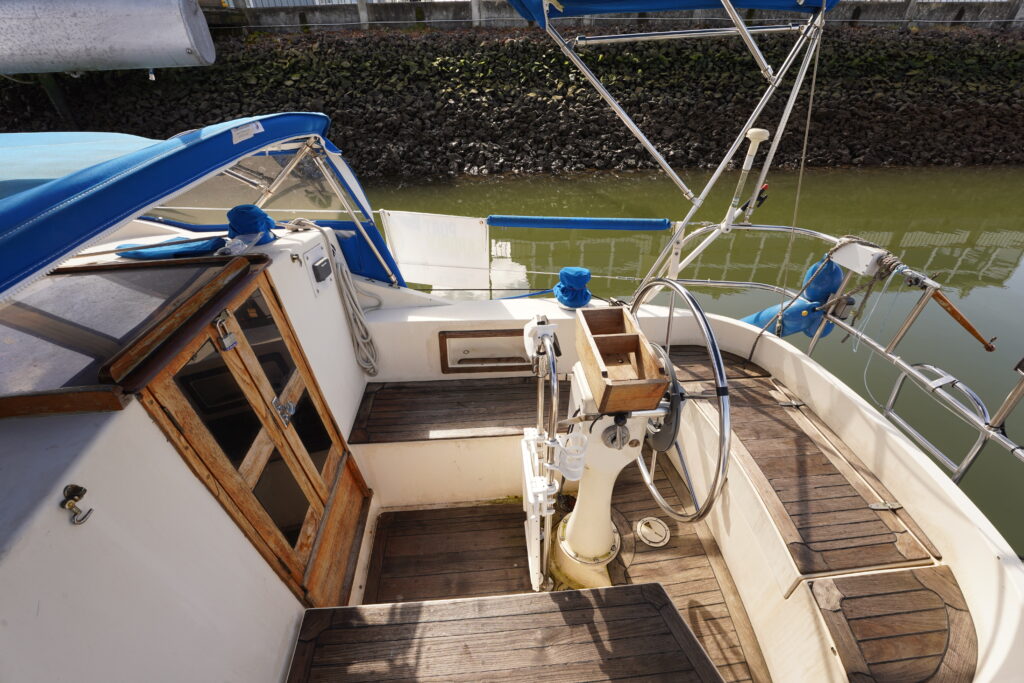
Locating Pilothouse Sailboats for Sale
Pilothouse sailboats can be found through various sources, including:
- Online listings: Browse popular boat sales websites, such as YachtWorld, Boat Trader, and Sailboat Listings, to explore available options and compare prices.
- Brokerage firms: Work with a yacht broker who specializes, or has listings of pilothouse sailboats to access their network and expertise in locating suitable vessels.
- Classifieds and forums: Check local classifieds, both Craigslist and Facebook have strong opportunities. You can also search for online sailing forums for listings, and connect with other boaters who may be selling their pilothouse sailboats or know of available vessels.
Evaluating Potential Purchases
When assessing a pilothouse sailboat, consider the following factors:
- Condition and maintenance: Inspect the boat’s overall condition, looking for signs of neglect or damage. Request a survey and sea trial to assess the vessel’s structural integrity and performance.
- Equipment and systems: Check the condition of essential systems, such as the engine, electrical systems, rigging, and navigation equipment. Ensure the boat is well-equipped for your intended use.
- Age and resale value: Consider the vessel’s age and how well it has been maintained, as well as its potential resale value in the future.
- Layout and amenities: Ensure the boat’s interior layout and amenities meet your requirements for comfort and functionality.
- Reputation and reviews: Research the boat’s manufacturer and model, reading reviews and seeking feedback from other owners to identify potential issues or common praise.
Pilothouse sailboats offer a compelling blend of comfort, safety, and versatility that appeals to a wide range of boaters. While they may come with a higher initial cost and present some performance trade-offs, their unique advantages make them an excellent choice for those seeking year-round sailing enjoyment and the flexibility to adapt to various sailing conditions.

